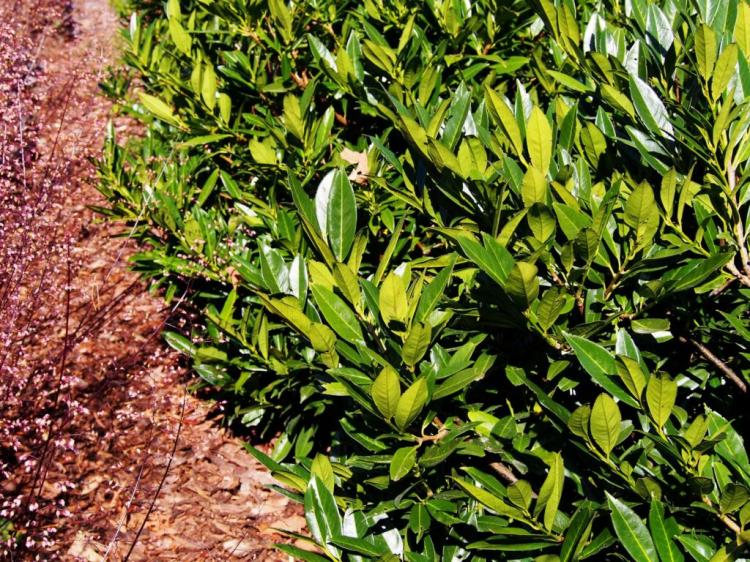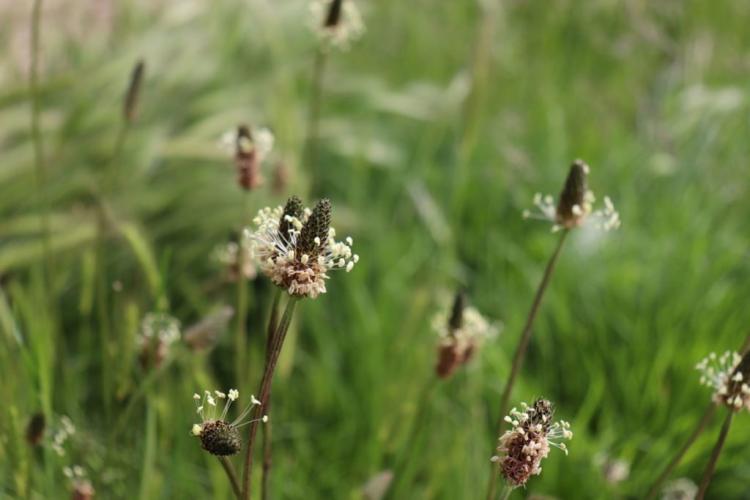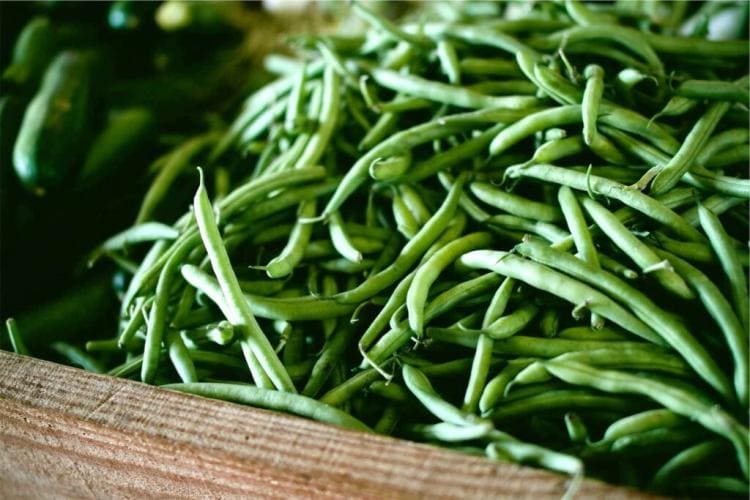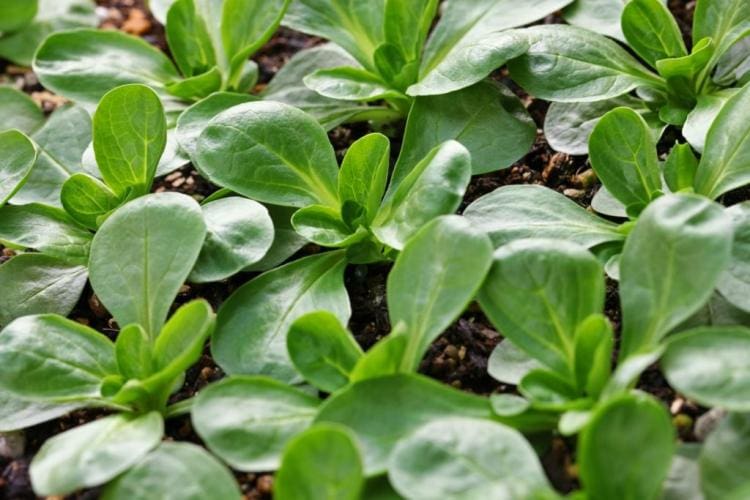Grow Horseradish: The Pungent Root In Your Garden
Horseradish is hardy and easy to grow in your own garden. Nevertheless, the pungent root crop has some peculiarities in cultivation.
Horseradish (Armoracia rusticana) belongs to the cruciferous family (Brassicaceae). The thick taproot brings the characteristic pungency to the kitchen. However, if the horseradish root is fried or boiled, it loses its taste and smell. The origin of horseradish probably lies in Southern and Eastern Europe.
However, the pungent root has also been cultivated in this country since the Middle Ages. Winter temperatures cannot harm the horseradish – the cruciferous plant can withstand temperatures as low as -122 °F. Horseradish is a very good plant. However, a bigger problem is the propagation of horseradish, because not many seeds are formed. We show you how you can still successfully grow the root crop in your garden.
Growing Horseradish – Step By Step
Table of Contents
Location: Where the horseradish is grown, it should be as bright as possible. A sunny location tolerates the cruciferous plant without problems. In order for the taproot to develop optimally in both diameter and length, cultivation in loose, permeable soil is optimal. Loamy sandy soils or loess soils are suitable. Soils that are too salty, on the other hand, are not suitable for growing horseradish, as it is very sensitive to high levels of salt. Unfortunately, due to the size that the root of the horseradish reaches, the plant is not suitable for cultivation in pots.
Propagation
Horseradish forms no too few seeds. Sowing is therefore already excluded for the propagation of horseradish. Alternatively, the pungent root is propagated via lateral roots. The side shoots of the taproot are cut off in autumn and stored. From the end of March, the fechser can then be planted in the ground. Alternatively, the root side shoots can be advanced in warm weather to give them a head start on growth. When planting out into the bed, make sure to place the roots at an angle and in the direction of growth in the soil.
If the fencerows are too horizontal, no growth in thickness can be achieved, if they are too vertical in the soil, almost exclusively growth of the above-ground parts of the plant takes place. The upper 1 inches of the fencer should not be covered with soil. Since horseradish can spread quickly and new plants can grow from even the smallest root parts, you should think carefully about where the horseradish will find its place in the garden. If necessary, it may also make sense to specifically limit its growth with a rhizome barrier.
Watering And Fertilizing
Horseradish requires regular watering, especially during the peak growing season. Despite growing in the bed, watering several times a week may then be necessary. However, even and constant moisture is necessary for the formation and growth of the taproot. If a little manure or compost is added to the planting bed in the fall, this will be sufficient to provide horseradish with adequate nutrients.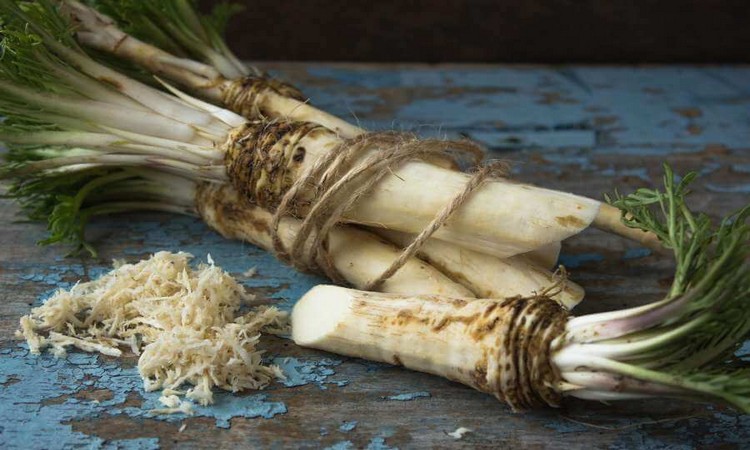
Care
The formation of lateral roots costs the horseradish plant energy. To channel all the energy into the growth of the thickened taproot, you can lift the plant a little with a digging fork in June and remove the unwanted side roots. However, by doing this, you also create potential entry points for unwanted diseases.
Harvesting
In addition to the coveted taproot of horseradish, the young, fresh shoots can also be tasty. These are simply partially cut off in spring and are a small vegetable delicacy when briefly sautéed. The pungent roots are harvested only from autumn. As soon as the leaves begin to wilt and dry out, taproot growth also stops and harvesting can begin. This is usually the case from the end of October. However, horseradish can still be pulled from the ground for fresh harvest use later in the winter thanks to its distinct winter hardiness. If the size of the root does not fit, you can also leave the plant for a second year and harvest only the next fall, but then with a larger taproot.
You might so like: 11 Herbs That Strengthen The Immune System
Storage
A clear advantage of horseradish is, of course, that it does not have to be harvested all at once. Again and again, horseradish can be brought into the kitchen freshly harvested until sprouting in the next spring. After that, you can extend the usability by storing it in a cool place. At optimum temperatures between -41 and -35 °F, the taproot of the horseradish can be kept for several months. However, with increasing storage time, more and more of the characteristic pungency is lost and the root loses its firm consistency. Unfortunately, the horseradish root is not suitable for drying – after that the pungency is almost completely lost.


